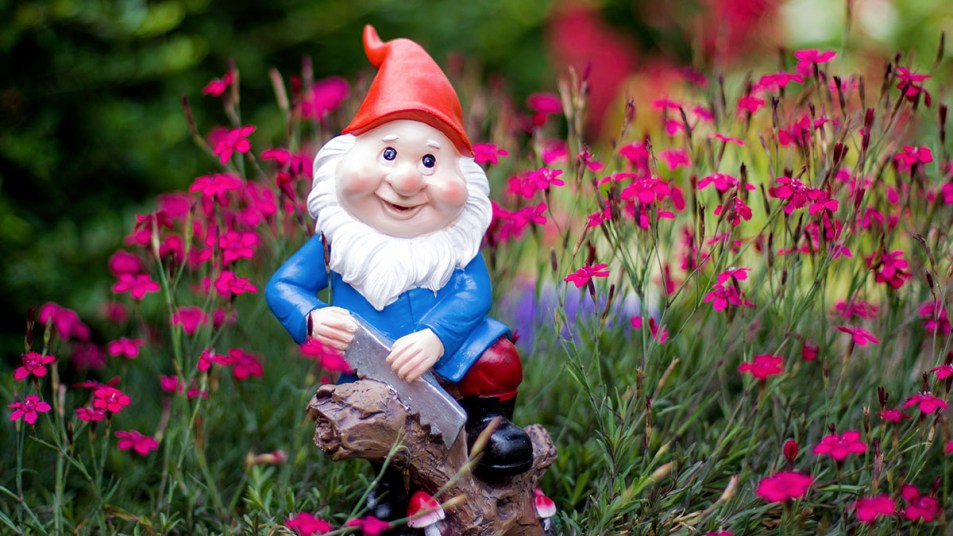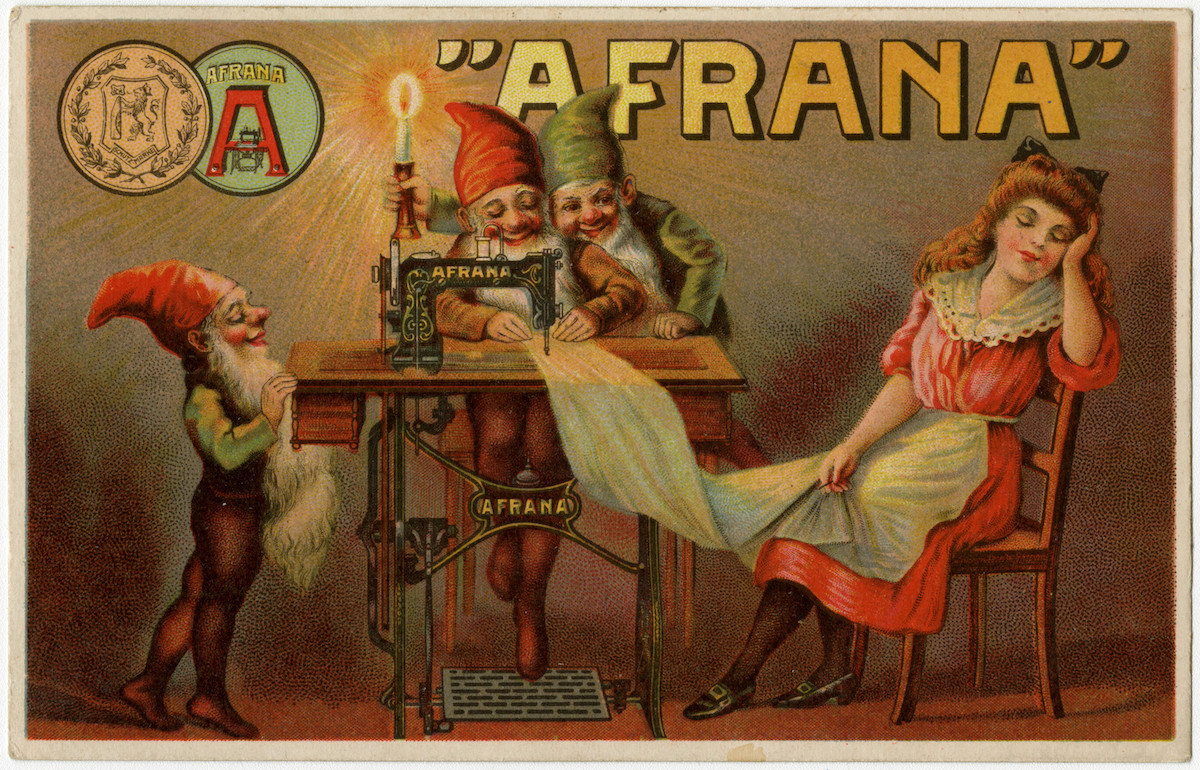The Weird, Whimsical and Wonderful History of Garden Gnomes — and Why You Need One
The story of these lucky charmers is sure to put a smile on your face

Garden gnomes — those cute figurines often used to decorate the back yard — are a fairly common sight in the American suburbs. But when you take a minute to really think about gnomes, their commonality feels a bit surprising. After all, aren’t they a bit… strange?
Where did these little guys, with their pointy hats, long white beards and colorful outfits come from, anyway? How did they magic their way into our culture and our hearts? And why are they displayed in gardens rather than inside? Here, a handy guide to gnomes.
What are gnomes?
Although versions of these little fellows have existed across different cultures for hundreds of years, their origin is unknown. The Washington Post reports that early gnome-like figures can be seen in Egyptian, British, Scottish and Italian history. Back in the 16th century, Paracelsus, a Swiss alchemist, first described gnomes. He saw them as representations of the earth, and fittingly the name “gnome” is believed to derive from genomos, a Latin word meaning “earth-dweller.”
According to European folklore, gnomes are similar to dwarves and goblins, and are responsible for guarding hidden treasures in the earth. There was even believed to be a gnome king, Gob, who had a magic sword.

Where did gnomes come from?
In all the centuries of gnome mythology, nature is a common thread. Gnomes are considered earthly creatures, and their history as garden ornaments reflects this. One early example? In 1715, a “dwarf garden” was created in Austria — this garden featured a variety of dwarf statues. In 19th-century Germany, dwarf statues were a common form of decor, and while they were larger and more artistic than the pint-sized, mass-produced gnomes we know today, they can be seen as their ancestors.
Believe it or not, the popularity of gnomes as garden decor can actually be traced back to one man. In the 1840s, Sir Charles Isham imported a variety of decorative dwarves from Germany to his sprawling estate in England. You can still visit that estate, Lamport Hall, today, and while nearly all of his gnomes have been lost to time, one of them is miraculously still around, and you can see it on display there. Isham’s gnome, often known as the Lamport Gnome (“Lampy” for short) is believed to be the world’s oldest garden gnome, and was insured for a whopping £1 million in 1997, which would equate to almost $3 million dollars today.
How did gnomes become popular?
Sir Charles Isham’s gnome collection inspired many a wealthy land owner, and soon enough, gnomes were seen as sophisticated and stylish garden decor. But by the early 20th century, they had fallen out of fashion, and were no longer considered tasteful. The Washington Post notes that World War I and II further damaged the reputation of gnomes, because the British wanted nothing to do with anything from Germany.
By the ’50s and ’60s, however, the attitude toward gnomes changed yet again, as they began to be mass-produced and accessibly priced. Once a playful bit of decor for the upper crust, gnomes were now fully mainstream, and embodied mid-century suburban kitsch. Many Americans loved gnomes because they brought to mind Snow White and the Seven Dwarves. Unlike in Europe, there’s not a backstory or mythology associated with gnomes in the US. Instead, they are broadly associated with good luck and abundance in one’s garden.

Are gnomes making a comeback?
Since then, gnomes have gone in and out of fashion. A popular illustrated book of gnome lore came out in the ’70s, and in the ’80s, less traditional gnomes with wacky novelty accents came into the picture. Over the next couple of decades, the fairytale-like quality of these characters makes them popular among children and adults alike, and they’re often seen in pop culture, from the cover of George Harrison’s classic album All Things Must Pass to the beloved French movie Amélie to popular commercials for Travelocity and beyond.
And in the last couple of years, gnomes have taken on a new look — with just a nose and beard peeking out of a hat — and become popular decorations for various holidays.
Gnomes function as a shortcut to quirkiness and charm, and whether you have just one garden gnome or over 2,000 of them (as the Guinness World Record holder for gnome collecting does), they bring color and a sense of humor to any space.

In a stressful world, the diminutive figure of the garden gnome harkens back to a simpler time. We can’t say for sure if they bring good luck, but these oddball statues are sure to put a smile on your face.












